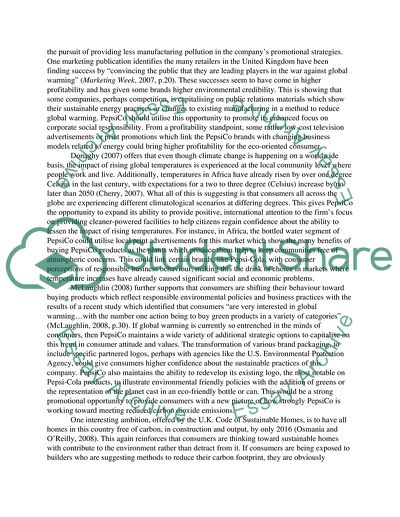Cite this document
(Global Warming, Marketing and the Consumer PepsiCo Research Paper, n.d.)
Global Warming, Marketing and the Consumer PepsiCo Research Paper. Retrieved from https://studentshare.org/marketing/1723349-contemporary-issues-in-marketing
Global Warming, Marketing and the Consumer PepsiCo Research Paper. Retrieved from https://studentshare.org/marketing/1723349-contemporary-issues-in-marketing
(Global Warming, Marketing and the Consumer PepsiCo Research Paper)
Global Warming, Marketing and the Consumer PepsiCo Research Paper. https://studentshare.org/marketing/1723349-contemporary-issues-in-marketing.
Global Warming, Marketing and the Consumer PepsiCo Research Paper. https://studentshare.org/marketing/1723349-contemporary-issues-in-marketing.
“Global Warming, Marketing and the Consumer PepsiCo Research Paper”, n.d. https://studentshare.org/marketing/1723349-contemporary-issues-in-marketing.


